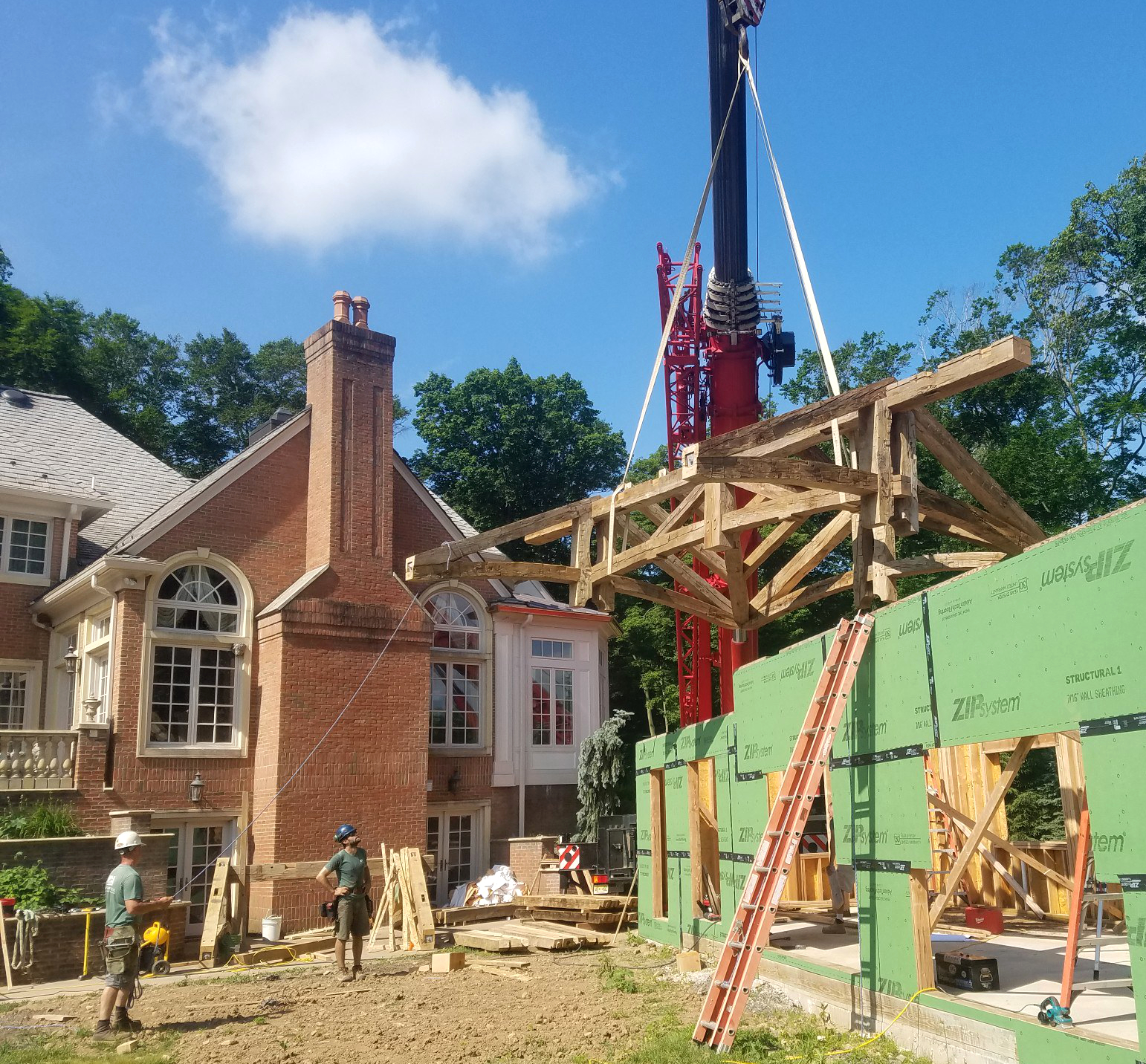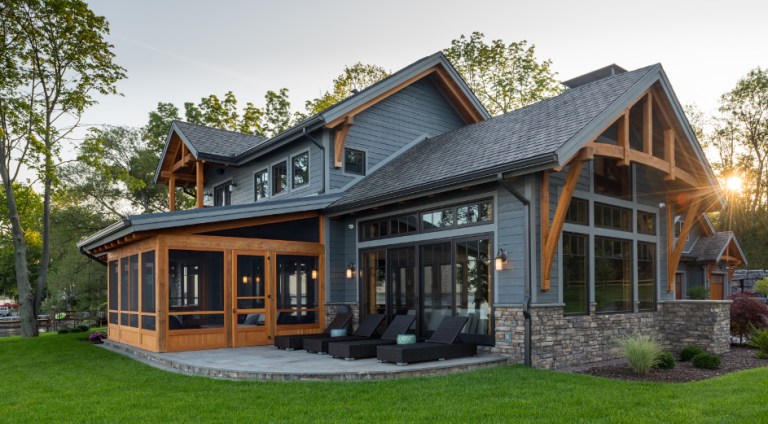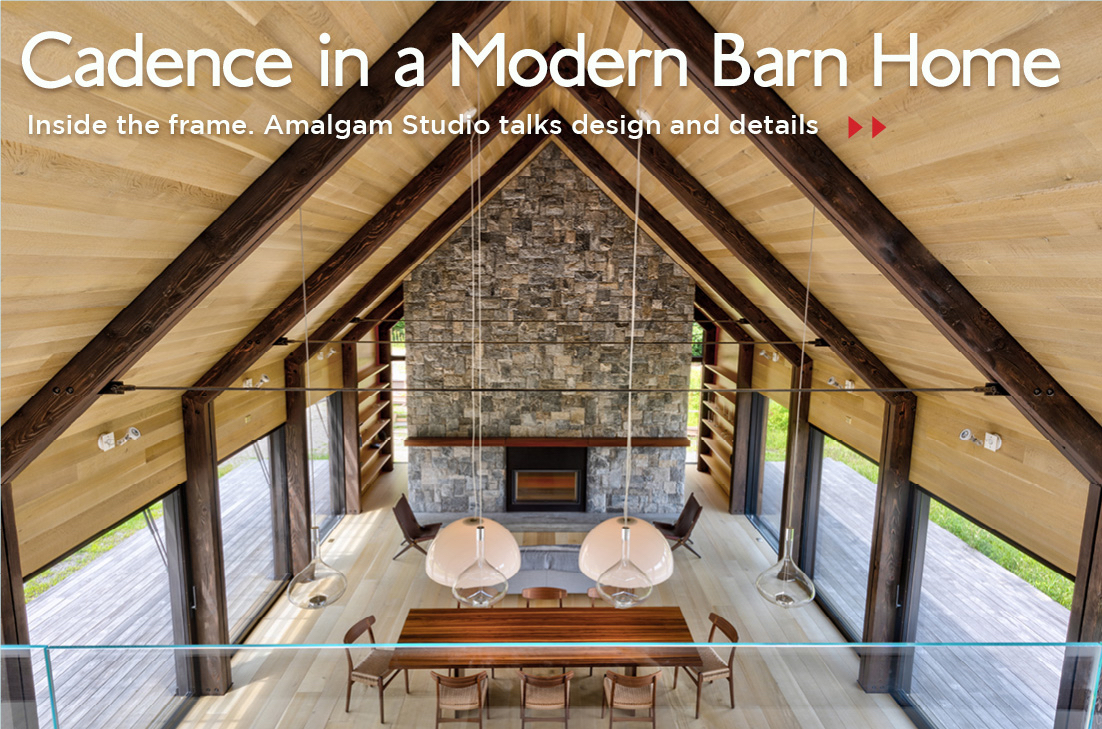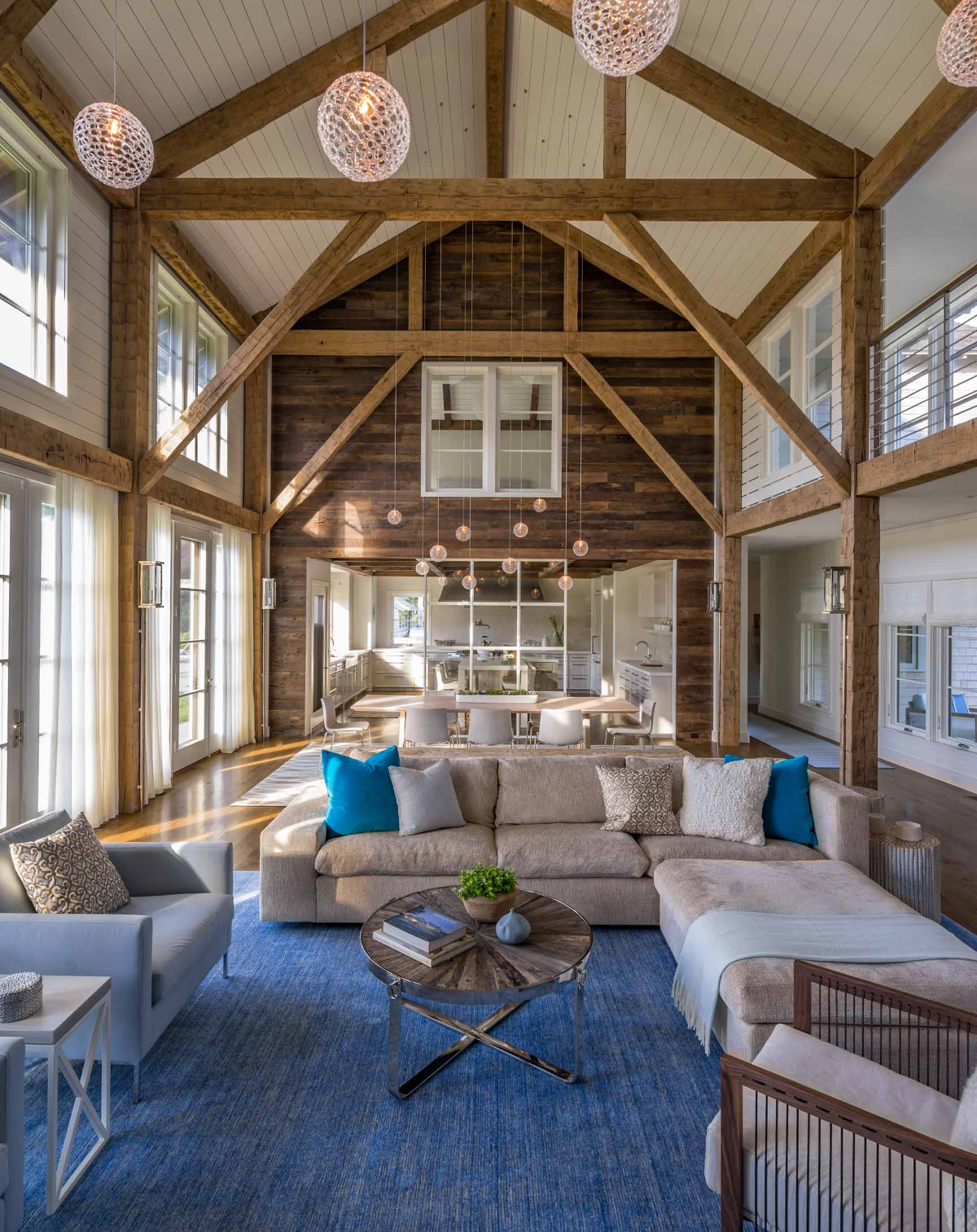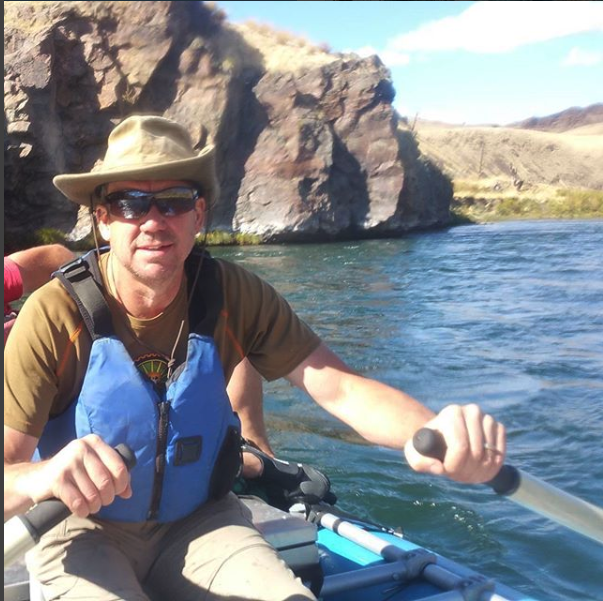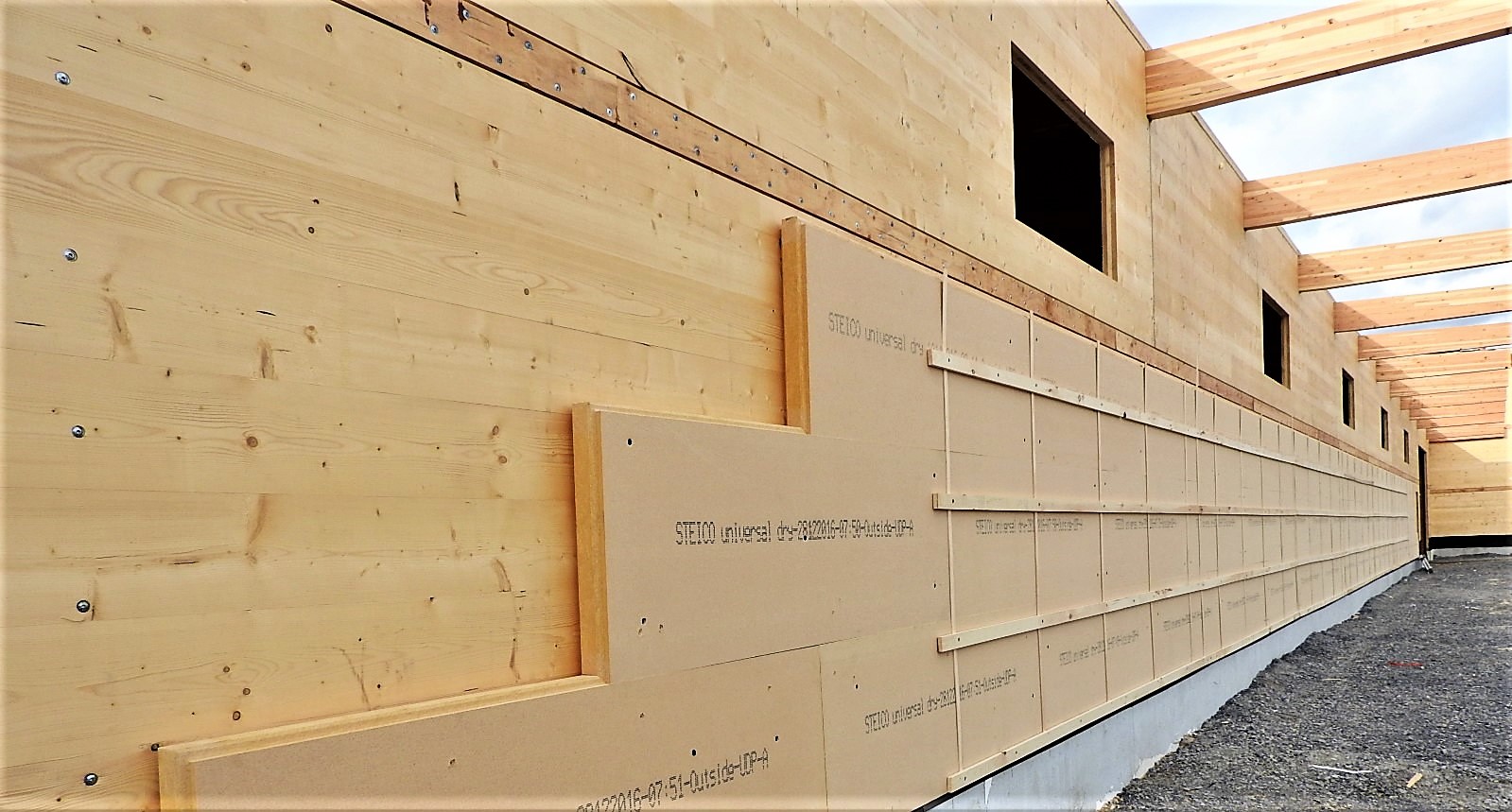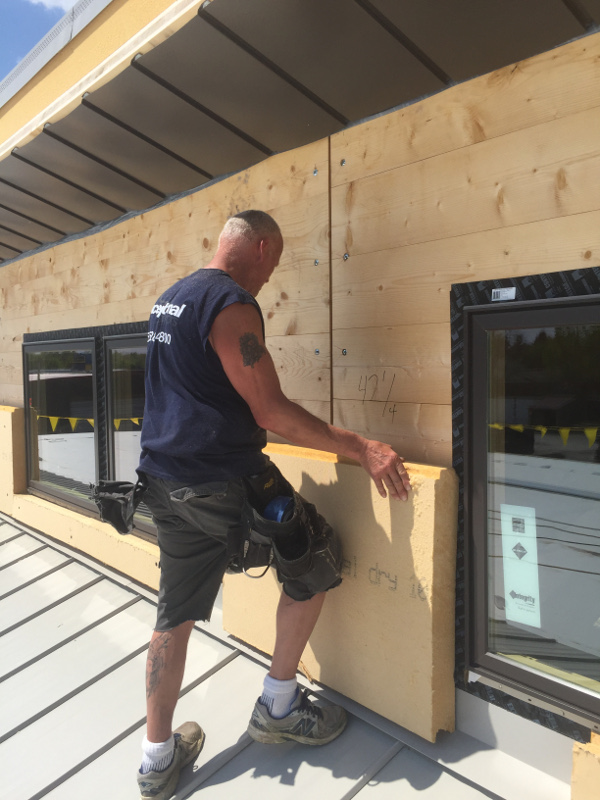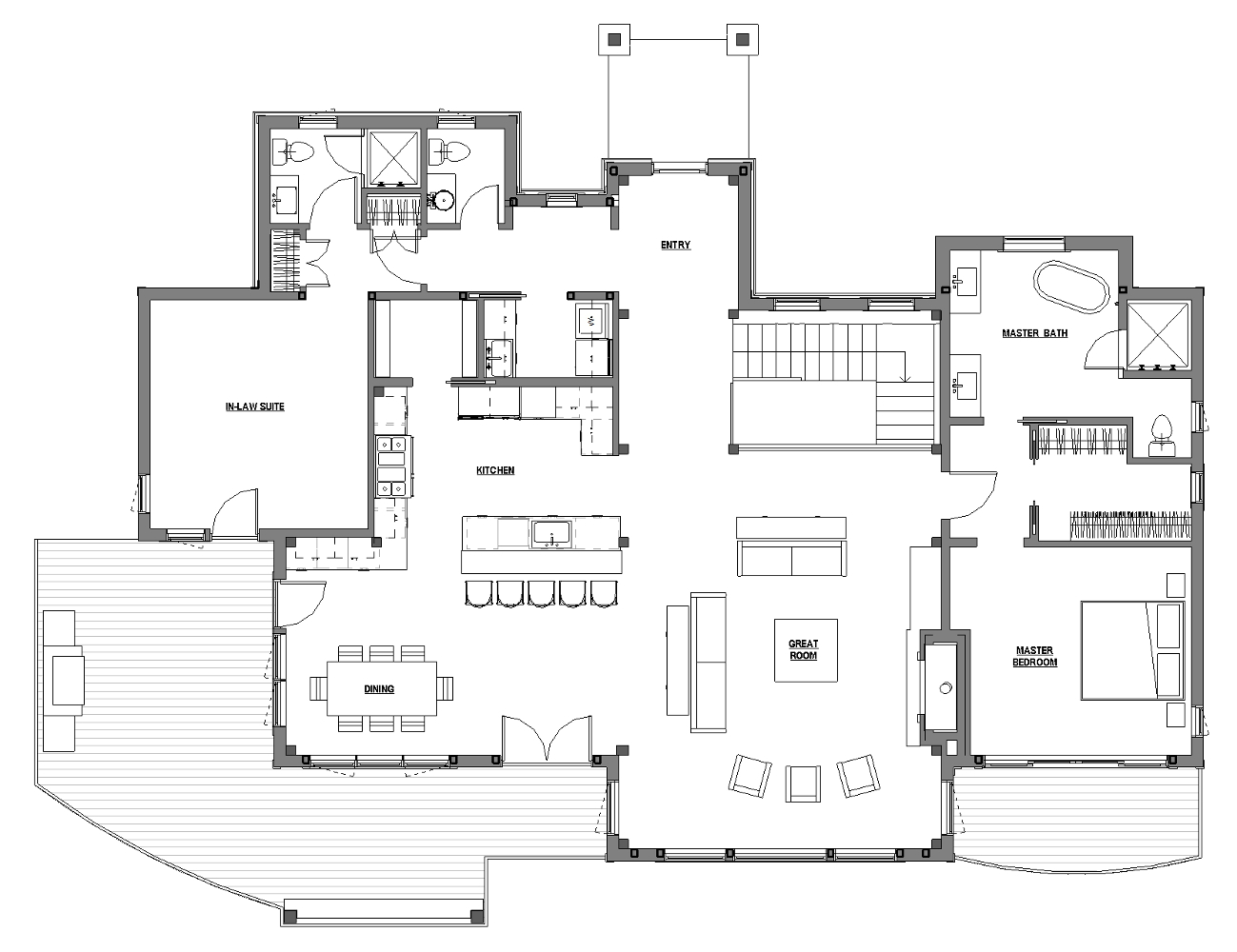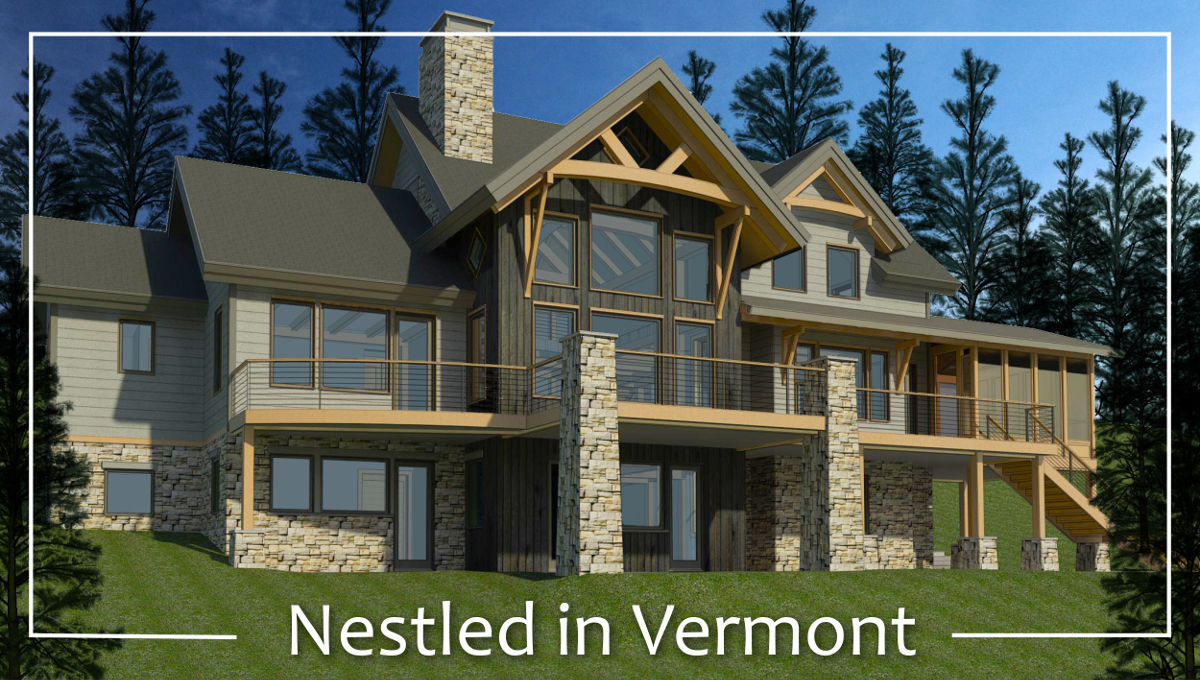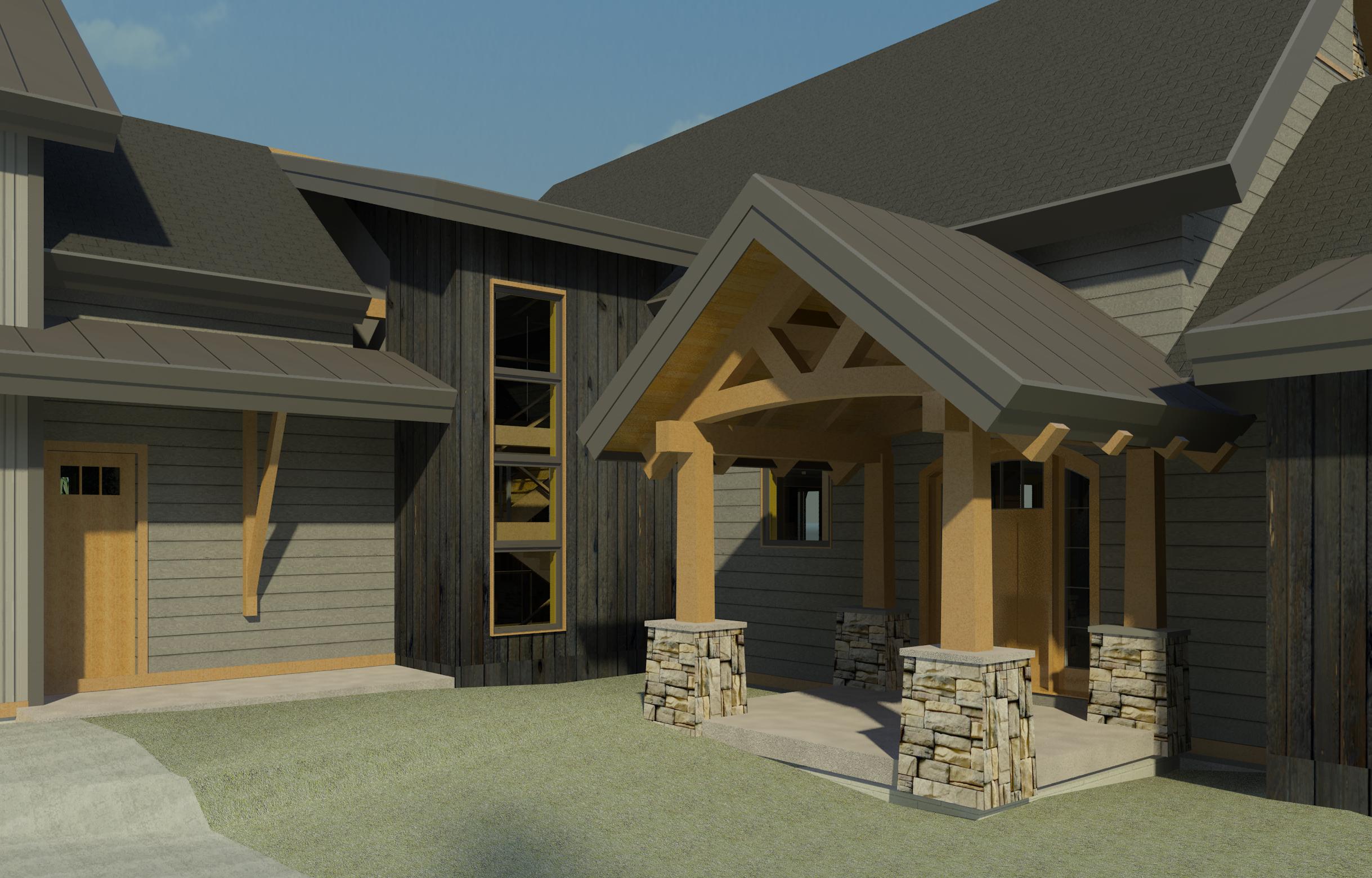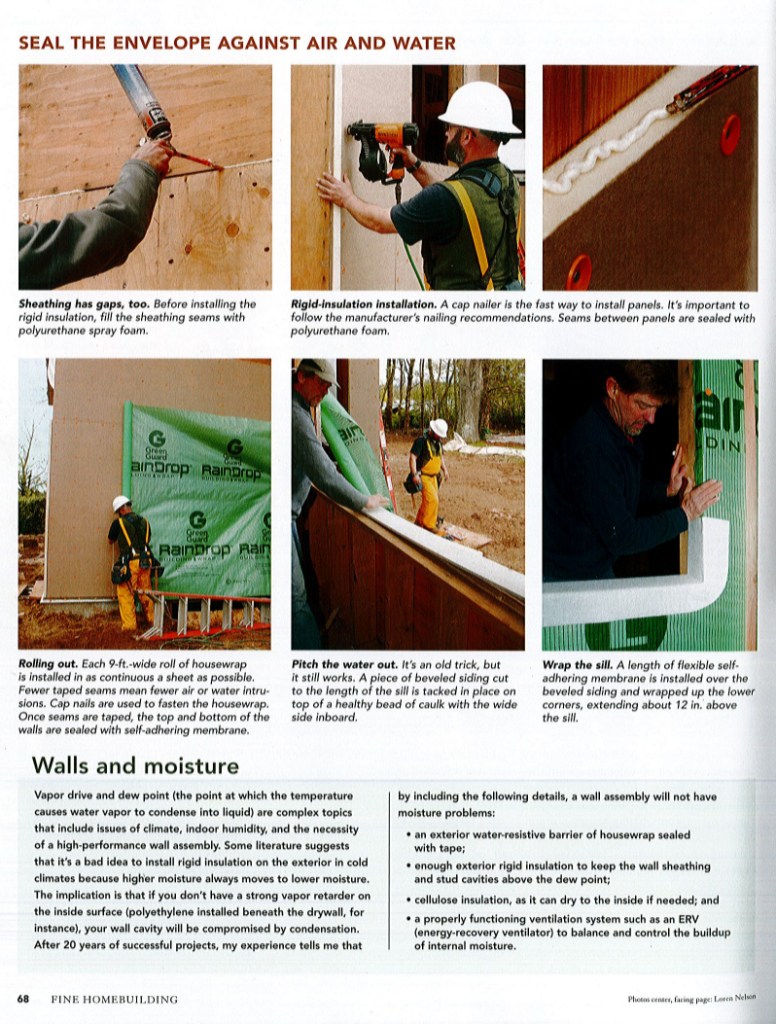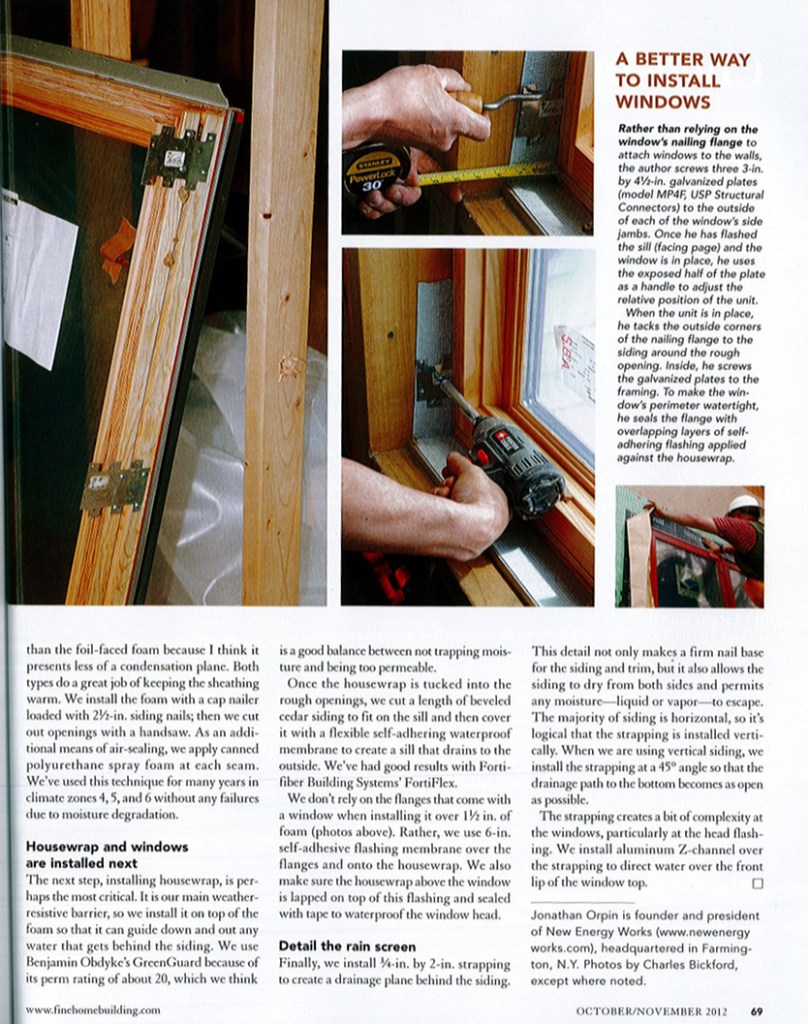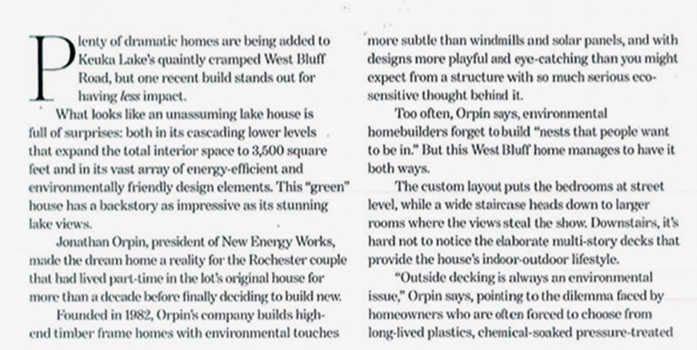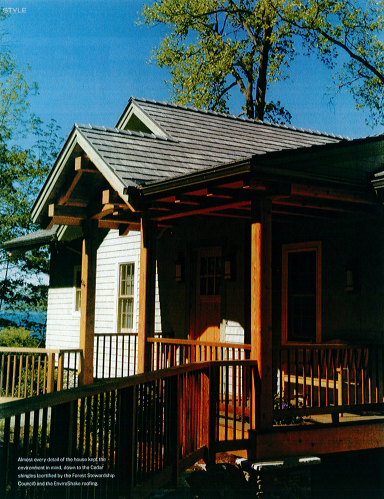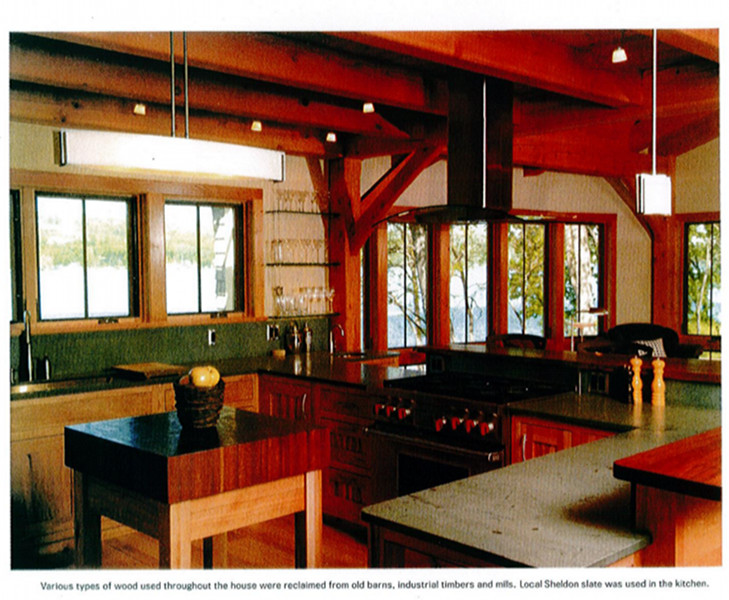For homeowners Ben & Kate and their three young children, the seven-year journey to their forever home just outside Ithaca New York was a long and winding road filled with life lessons, dreams, and joy.
“For our entire adult life, my husband and I, we always dreamed about building a house. We just wanted to build a home that we would live in forever that would suit our own needs and come from our own ideas.” Says Kate. “Seven years ago, our dream started to become a reality when we found this plot of land and we really fell in love with it. It was all woods, and we cleared a section of the land, but we needed to save to build our dream home. So, we decided to buy a double wide trailer and live in that, in the corner of the property, while we continued to plan and dream.”
When the Kate & Ben began this process and took a leap of faith into trailer life seven years ago, their youngest son (who is now 5) hadn’t even been born yet. As the happy family grew and evolved over time, albeit in tight quarters, so did the design of their future dream home.



